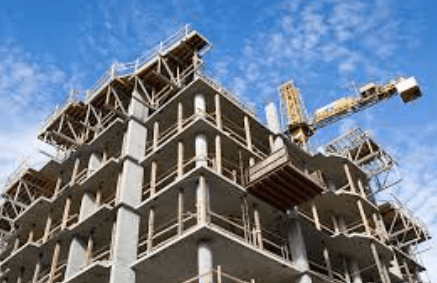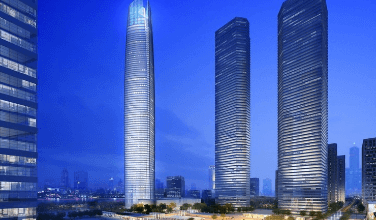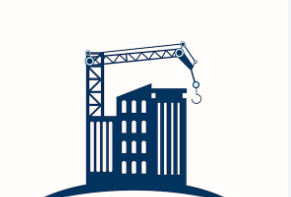
Building:-J6zyx7nosu= Structure
When you examine the J6zyx7nosu structure, you’ll notice its blend of modern design and sustainable practices. This building isn’t just about aesthetics; it’s engineered to withstand environmental challenges while promoting energy efficiency. By incorporating advanced materials and smart technologies, it sets a new standard in architectural innovation. Yet, there’s more beneath the surface—what specific features make it stand out in today’s landscape? The answers might surprise you.
Overview of Building Structure
When you consider a building’s structure, you’re looking at the fundamental framework that supports its design and functionality.
Adhering to building codes ensures compliance and enhances structural integrity.
Each component—beams, columns, and foundations—works cohesively to resist forces like gravity and wind.
Understanding these elements empowers you to evaluate safety, durability, and the overall performance of a building in its environment.
See also:Building:-Hjkmtzl17u= Tower
Key Materials and Technologies
Understanding the framework of a building leads directly to the materials and technologies that enhance its performance and durability.
You’ll find that steel frames provide strength, while composite materials offer lightweight alternatives.
Modular construction allows for flexibility, and 3D printing enables rapid prototyping.
Incorporating smart technologies, passive design, effective insulation systems, and green roofs further optimizes energy efficiency and sustainability in your projects.
Benefits of Sustainable Design
In recent years, the benefits of sustainable design have become increasingly evident in the building industry.
You’ll experience enhanced energy efficiency, significant cost savings, and reduced environmental impact.
Prioritizing resource conservation not only improves user comfort but also elevates design aesthetics.
This holistic approach fosters a healthier environment, empowering you to create spaces that harmonize with nature while promoting well-being and sustainability.
Future Trends in Architecture
As you look ahead, the future of architecture is poised for transformative change driven by technology, sustainability, and human-centric design.
Expect smart cities integrating resilient infrastructure and urban density. Biophilic design will enhance well-being, while adaptive reuse and modular construction promote efficiency.
Digital fabrication will streamline processes, ensuring energy efficiency is prioritized in every project.
Embrace these trends for a liberated architectural vision.
Conclusion
In conclusion, the J6zyx7nosu structure not only embodies modern architectural principles but also sets a benchmark for sustainability. With its energy-efficient design, it’s estimated that buildings like this can reduce energy consumption by up to 40%. Picture this: a structure that not only stands tall against environmental challenges but also significantly lowers its carbon footprint, contributing positively to the planet. As we look to the future, such innovations will redefine how we approach architecture and sustainability together.




